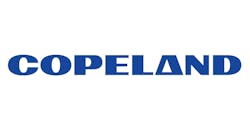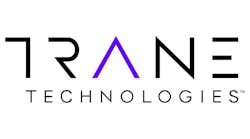Make or Buy
Your first decision is whether to make a newsletter on your own, or buy someone else’s. Ideally, you will write it in-house so that it reflects a local flavor and is centered on your company. Unfortunately, writing a newsletter is a challenge for most contractors. However, you can outsource the actual writing and layout to a local marketing company or free lance writer.
The simplest option is to purchase a turnkey newsletter from companies like The Newsletter Company, Warm Thoughts, or Hudson Ink. All will produce a turnkey print newsletter for you. The Service Roundtable’s Money Mail program is a turnkey email newsletter, sent monthly.
A third approach is to use a newsletter template that can be sent as is, or easily customized. For many contractors, this is the best option since it minimizes the work while allowing localization. The Service Roundtable offers the most popular newsletter template.
Choose a Style
If you create your newsletter in-house or use a local marketing company or writer, you will need to choose a newsletter style. The traditional newsletter style is much like a newspaper. An alternative is to give it more of a magazine like appearance. Yet another approach is the true letter, such as the Kiplinger letters. The final approach is the simplest, which is a newsletter post card.
Choose a Delivery Method
Newsletters can be offered in print or by email. Print is advantageous since you have all of your customers’ mailing addresses, but do not always have their email addresses. Email, of course, is less expensive to send.
Instead of choosing print or email, choose print and email. Choose both. As you collect email addresses, send people your email newsletter in addition to the print newsletter.
Choose Your Frequency
How often do you need to send a newsletter? Because of the expense involved, most print newsletters are sent three or four times a year. Email newsletters may be sent quarterly or even monthly.
Determine Content
The most important decision is what to put in the newsletter. The content should be relevant and interesting to the consumer. Since you are not sending the newsletter for the fun of it, the content should also encourage people to buy products and services from you. Tell people how your IAQ solutions can help improve home health, how energy upgrades can save money, how leaky ducts waste money and create uncomfortable conditions, how to protect their families from CO poisoning, as so on.
An extremely popular feature for newsletters is the simple recipe. People love recipes. They cut them out and save them. Always include a recipe.
Also, make sure you include a special offer or coupon with every newsletter. Your newsletter response rate will be higher than any other direct marketing.
Repurpose Your Newsletter
Newsletter content can be reused. Repurpose it to social media, blogs, direct mail, brochures, and other marketing. If you use a turnkey newsletter service, check to make sure you have the legal right to reuse the newsletter content.
Since a newsletter helps you retain customers, it creating a newsletter should be a marketing priority. Sending existing and past customers a newsletter is far less expensive than marketing to get new or replacement customers. If you do not have a newsletter, get started.
###
For a sample newsletter from the Service Roundtable, send an email to [email protected] or call 877.262.3341 and ask to speak to a Success Consultant.
Related
June 12, 2013
June 12, 2013
May 1, 2013








